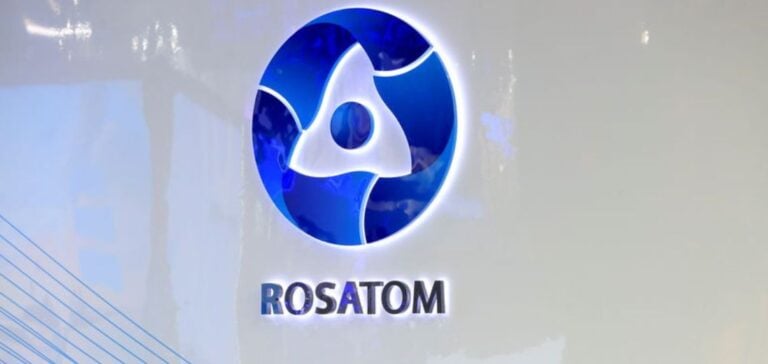The contract was signed during Russian President Vladimir Putin’s state visit to Uzbekistan. The plan concerns a site with a total capacity of 330 MW, comprising six 55 MW reactors. Russia’s state-owned Rosatom is the general contractor, with local companies involved in the construction process. Azim Akhmedkhadjaev, Director of Uzbekistan’s nuclear development agency Uzatom, points out that:
“demand for energy resources in Uzbekistan is set to almost double by 2050”. He adds that “to ensure the stable operation of the energy system and economic development, our country must guarantee a basic source of energy in addition to renewable energy sources.”
The cooperation project with Rosatom aims to strengthen Uzbekistan’s energy sector with advanced nuclear technologies.
Project progress and safety
The project site is already going through several approval stages necessary for its suitability and safety, which “will considerably reduce implementation times”, according to Rosatom. More than 80 different SMR designs are under development, generally defined as nuclear power units with a capacity of up to 300 MWe. Using modular technology with factory manufacture, these reactors pursue mass production economies and shorter construction times. Alexei Likhachev, General Director of Rosatom, states:
“Rosatom confirms its undisputed global leadership in nuclear power by signing the first export contract for the construction of a small nuclear power plant.”
Technology and deployment
The Uzbek project is based on the RITM-200N water-cooled reactor, adapted from nuclear icebreaker technology, with a thermal output of 190 MW or 55 MWe and an expected lifetime of 60 years. The first terrestrial version is currently under construction at Yakut in Russia, with launch of the first unit scheduled for 2027. Rosatom claims that the combination of active and passive safety systems will enable SMR plants to achieve the highest safety standards.
Continued cooperation and prospects
In 2017,Uzbekistan signed an agreement with Russia to build two VVER-1200 pressurized water reactors. Following the signing of the agreement for the SMR plant, Likhachev stated in an interview with the Rossiya-1 channel that proposals for the construction of a large-scale nuclear power plant with a capacity of around 2.5 GW in Uzbekistan are still under discussion.
Energy and strategic impact
The development of the modular nuclear power plant marks an important step for Uzbekistan in ensuring energy stability and diversifying its energy sources. Cooperation with Rosatom enables Uzbekistan to benefit from advanced nuclear technologies, essential for meeting the growing energy demand forecast for 2050.
The agreement between Rosatom and Uzbekistan for the construction of a modular nuclear power plant represents a strategic turning point for the Uzbek energy sector. By diversifying its energy sources and adopting cutting-edge technologies, Uzbekistan is positioning itself for a stable, sustainable energy future.






















